Research Project
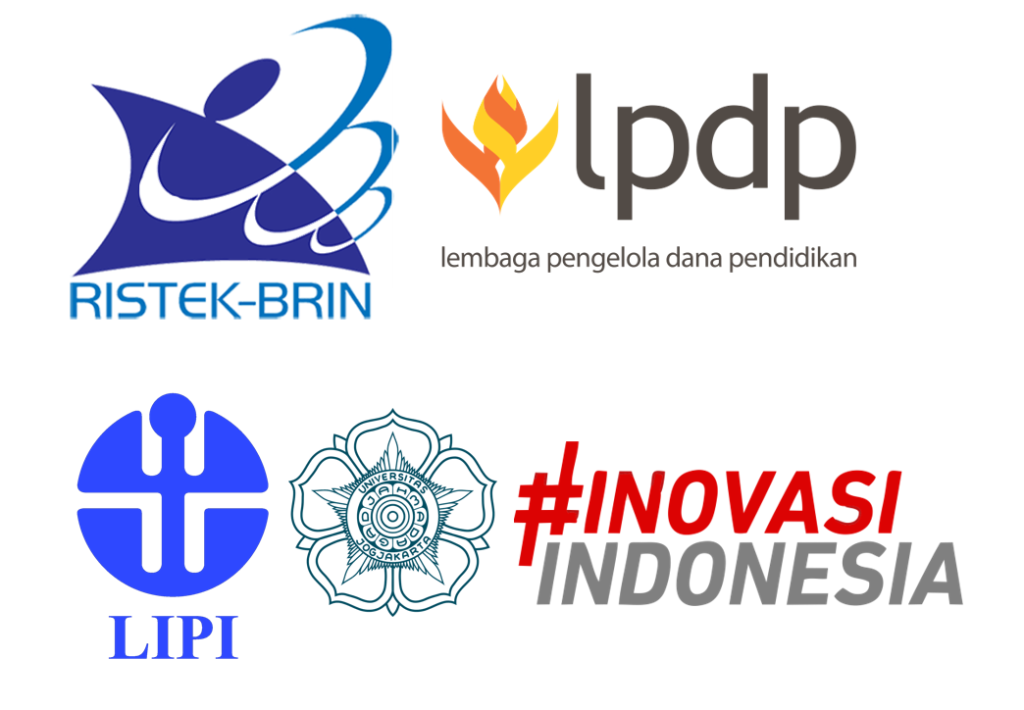
Prioritas Riset Nasional 2021-MALSAI WP6.1 (Standardization of Raw Materials and Innovative Product of Micro- and Macroalgae Indonesia-Continuance)
As an attempt to support the National Research Priority (PRN) program 2020-2024, our research group received the mandate to implement one of the leading programs in the food sub-sector, viz., Standardization of Raw Materials and Innovative Products of MALSAI (Macro- and microalgae strains of Indonesia). The outcomes of this research are the establishment of new standards as well as updating the actual version of standards related to raw material, MALSAI derived products, and their production technologies. Once the standards are disseminated and implemented, the raw material and innovative products of MALSAI by Indonesian producers can be improved and maintained in high quality thus could compete in the global market.
Program Bantuan Dana Penyelenggaraan Webinar dengan Narasumber Top Scientist 2021
Improvement in Cooperation and Publication in the Field of Food Science and Technology to Build Excellent Research Culture with Top International Scientist from University of Barcelona, Spain
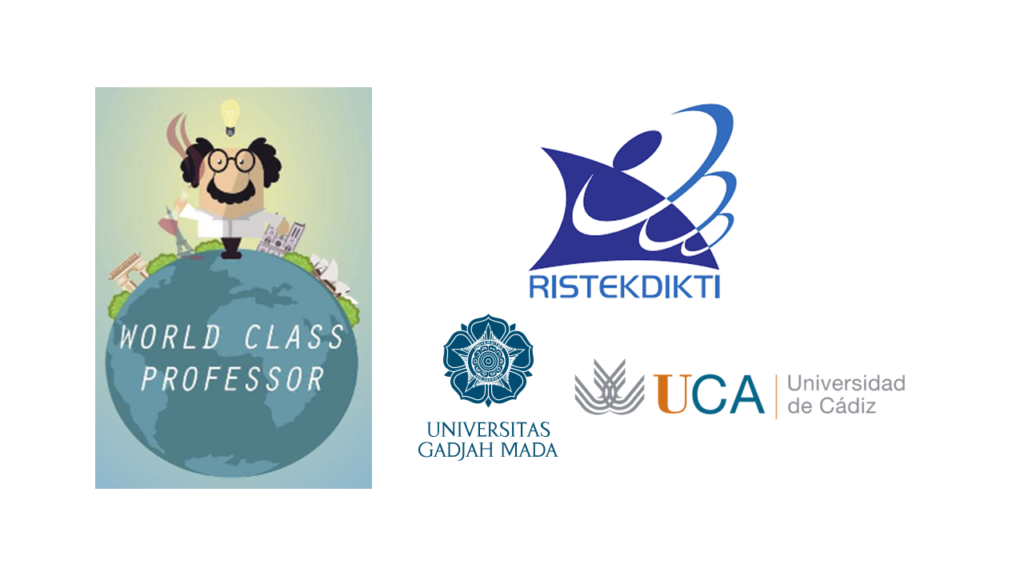
World Class Professor 2021
Improvement in research collaboration and publication in Q1 journal in the field of food analysis with University of Cadiz, Spain.
RKAT Faculty of a Agricultural Technology 2021
Pengembangan Metode Separasi Simultan Senyawa Fenolik Individual pada Beberapa Edible Flowers Menggunakan HPLC-DAD
Rekognisi Tugas Akhir (RTA) 2021
Indonesia has abundant potential of macroalga and microalga which have high nutritional value and well knows as living factory. One of bioactive compound from macro- and microalga is phenolic compound. The content of phenolic can be influenced by several living factors. Therefore, developing a reliable extraction method to evaluate the phenolic compound in macro- and microlga is necessary. UAE appears useful to develop the standard extraction method, then UV-Vis spectrophotometry as a tool to develop the rapid detection method.
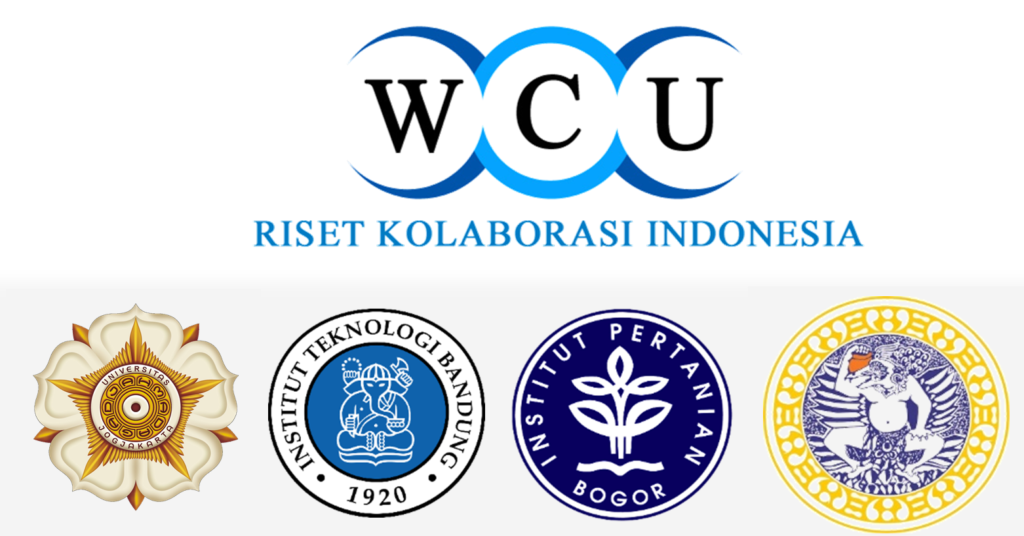
Riset Kolaborasi Indonesia 2021–Continuance
Metode Deteksi Cepat Multi-Analit Berbasis Colorimetric Sensor Arrays untuk Berbagai Pemanis Buatan
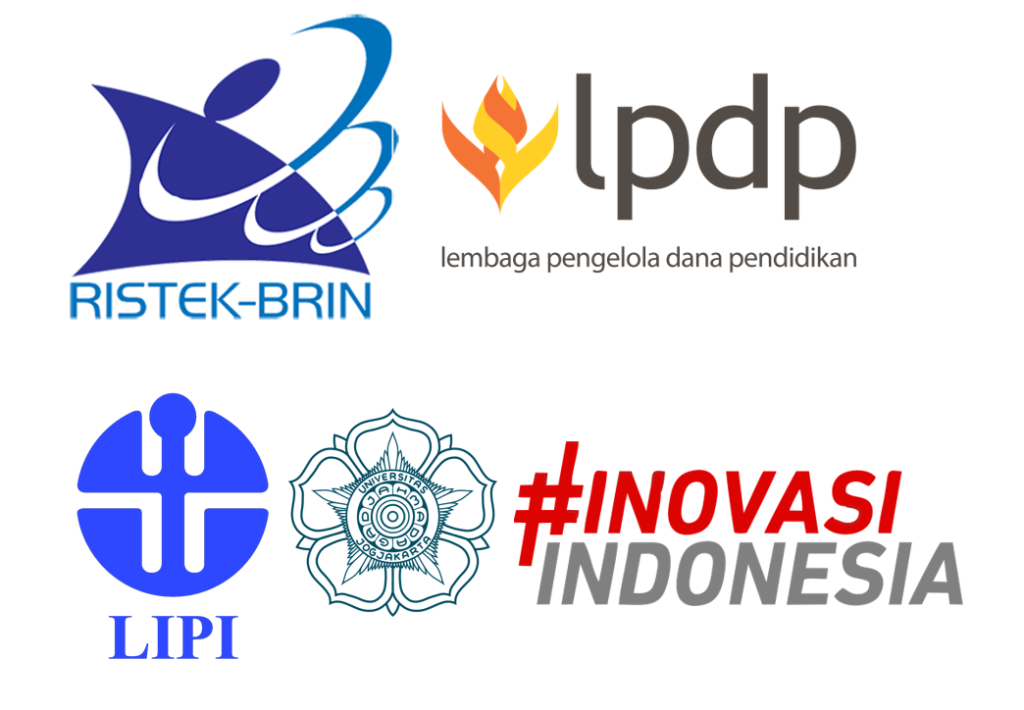
Prioritas Riset Nasional 2020-MALSAI WBS6 (Standardization of Raw Materials and Innovative Product of Micro- and Macroalgae Indonesia)
As an attempt to support the National Research Priority (PRN) program 2020-2024, our research group received the mandate to implement one of the leading programs in the food sub-sector, viz., Standardization of Raw Materials and Innovative Products of MALSAI (Macro- and microalgae strains of Indonesia). The outcomes of this research are the establishment of new standards as well as updating the actual version of standards related to raw material, MALSAI derived products, and their production technologies. Once the standards are disseminated and implemented, the raw material and innovative products of MALSAI by Indonesian producers can be improved and maintained in high quality thus could compete in the global market.
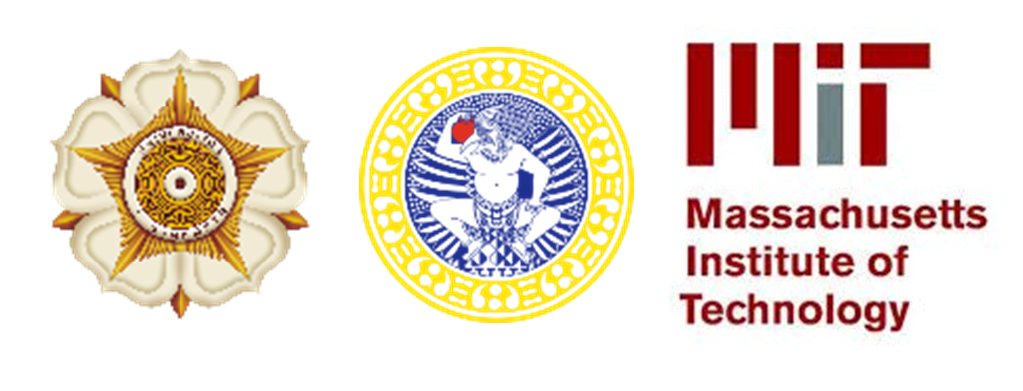
MIT-Indonesia Research Alliance
Supply chain analysis of Mycotoxin contamination of high-value agricultural products in Indonesia to improve food safety
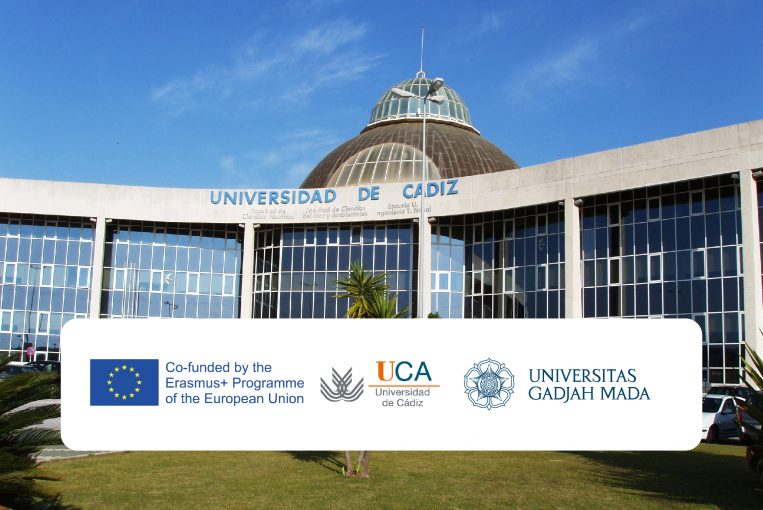
Erasmus+ KA 107 2020
The Erasmus+ Mobility for Studies programme offers students the chance to spend a period of continuous study at the University of Cádiz (UCA) or to conduct their research project
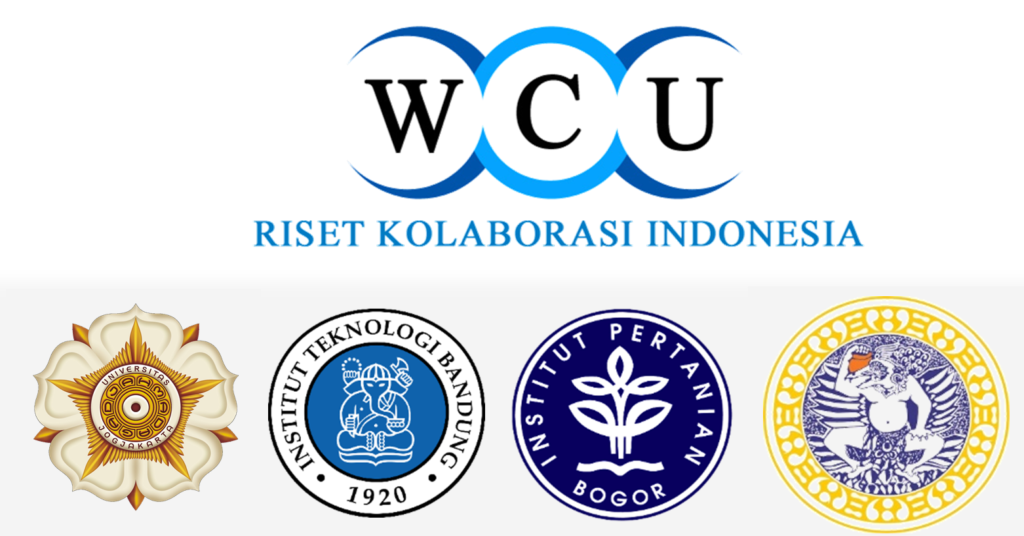
Riset Kolaborasi Indonesia (RKI) 2020
Metode Deteksi Cepat Multi-Analit Berbasis Colorimetric Sensor Arrays untuk Berbagai Pemanis Buatan
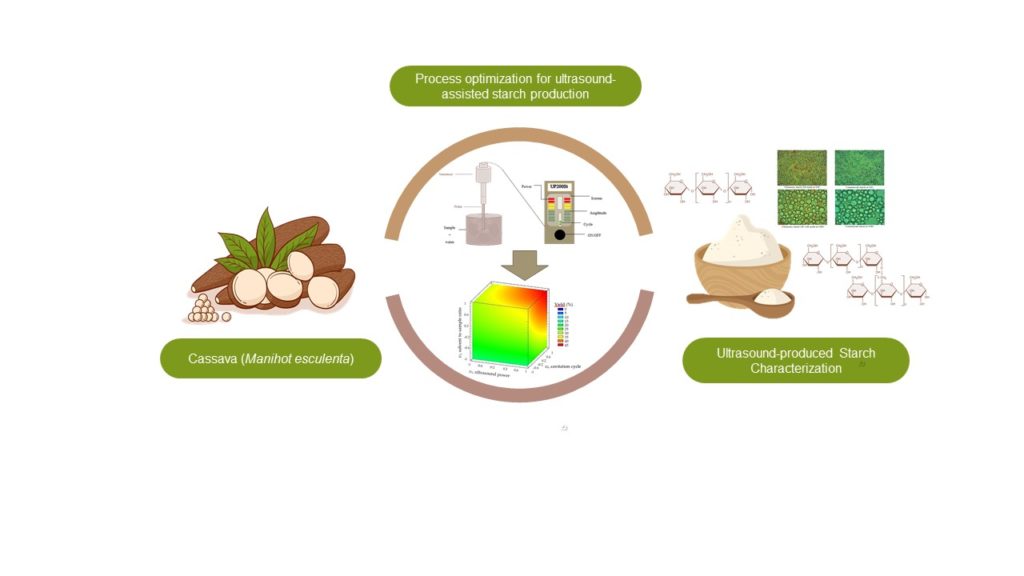
Rekognisi Tugas Akhir (RTA) 2020
Most starch industries utilize maceration as the extraction method to recover starch from corn and cassava matrices; however, the production is time-consuming and often inefficient. Ultrasound-assisted extraction (UAE) appears to propose an enhancement of the extraction process. The developed ultrasound-assisted starch production reduced the extraction time whilst increased the produced starch quality and the production yield compared to conventional extraction method.
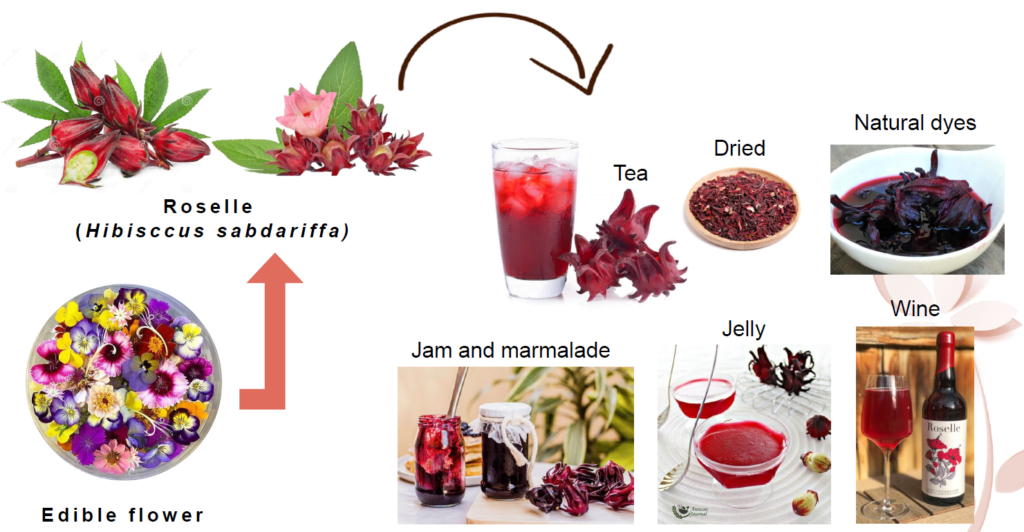
Research Innovative FTP 2020
Edible flowers have been widely consumed for ages until now. The attractive colors and shapes, exotic aroma, and delightful taste make edible flowers very easy to attain favored. A wide variety of products, both food and non-food, can be produced from edible flowers. Moreover, they also provide health benefits for consumers due to the unique composition and concentration of antioxidant compounds in the matrices. Knowing the bioactive compounds and their functional properties from edible flowers are necessary to diversify the usage and reach a broader consumer.
